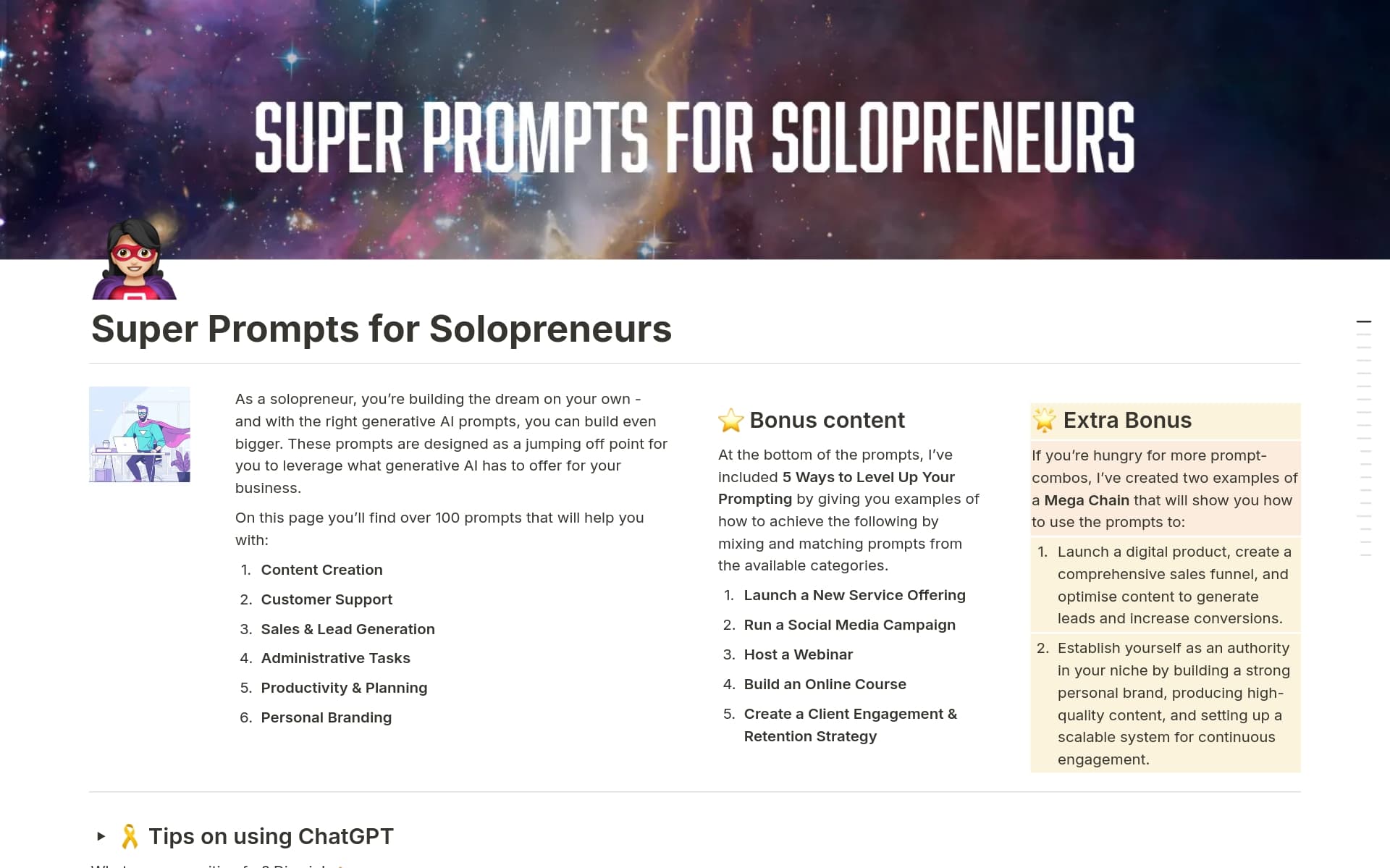Having a Sprint Overview is crucial for maintaining focus, ensuring team alignment, and tracking progress towards project goals. It provides a clear snapshot of what needs to be accomplished within a set timeframe, helping to manage expectations and resources effectively. A Sprint Overview template in Notion can streamline the process of planning and tracking sprints, making it easier to organize tasks, set priorities, and review outcomes.
Before you get started in creating your own Sprint Overview, check out these Sprint Overview Notion templates below to help make it easier.
What Should Sprint Overview Templates Include?
Choosing the right Sprint Overview Template in Notion can streamline your project management and enhance team productivity. Here are key components to look for when selecting a template:
Goals and Objectives: The template should clearly outline the sprint's goals and objectives, providing a straightforward path for what the team aims to achieve.
Task Breakdown: It should include a detailed breakdown of tasks, assigning responsibilities and deadlines to ensure everyone knows their roles and timelines.
Progress Tracking: Features for tracking progress are essential, such as status updates and milestone markers to visualize advancements and hurdles in real-time.
Resource Allocation: A section dedicated to resource allocation helps in managing and optimizing the use of available resources throughout the sprint.
Selecting a template with these components will help ensure that your sprint planning is comprehensive and effective, setting a clear course for project success.
What Should Sprint Overview Templates Avoid?
Choosing the right Sprint Overview template in Notion can streamline your project management process significantly. However, it's equally important to know what to avoid in these templates.
Overly Complex Layouts: Templates with too many sections or intricate designs can confuse rather than clarify. Opt for simplicity to enhance team understanding and efficiency.
Undefined Goals: Avoid templates that do not have a clear section for sprint goals. Clear goal definitions are essential for guiding the team's efforts and measuring success.
Fixed Timeframes: Steer clear of templates that rigidly define timeframes. Flexibility in adjusting sprints according to project needs and team pace is key to agile management.
Remember, the best templates are those that help you simplify the sprint process, making it easy for every team member to follow and contribute effectively.



